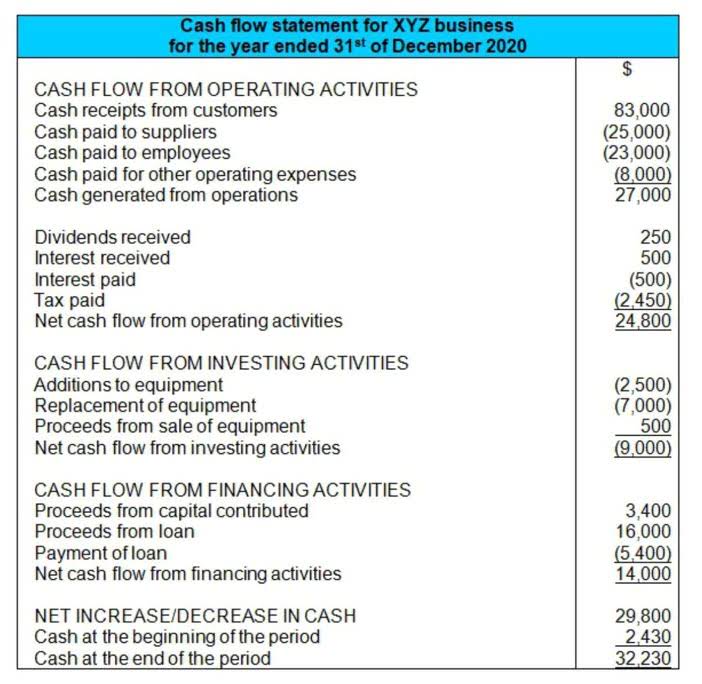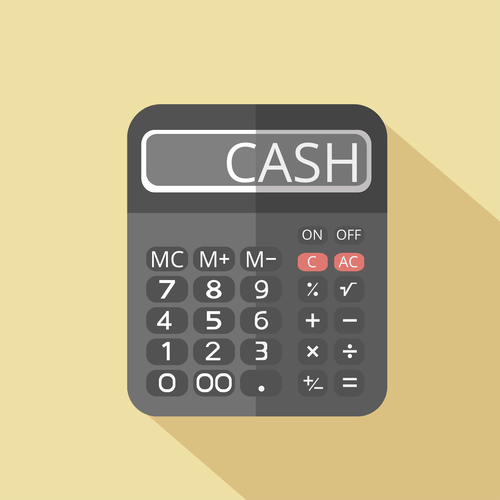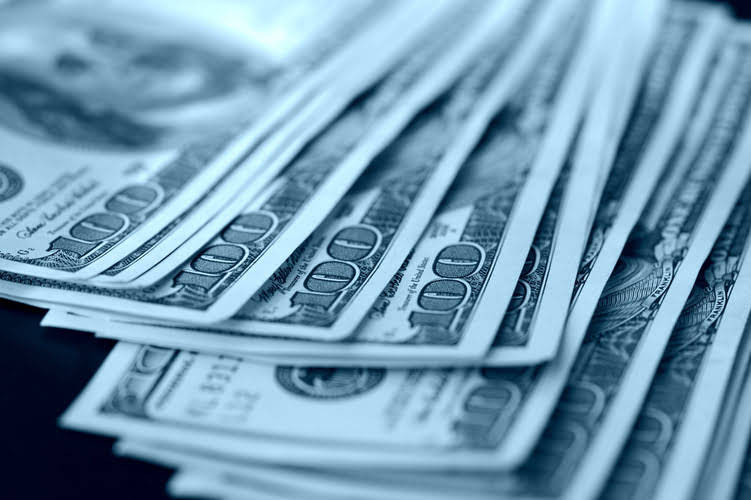Current Assets Know the Financial Ratios That Use Current Assets

If a company has a strong base of current assets, it is seen as more likely to be able to repay its short-term debt, making it an attractive borrower or investment opportunity. Cash is not just a means of exchange; it’s the lifeblood of any business. Its liquidity, universality, and zero risk of default make it an invaluable asset that plays a critical role in ensuring a company’s financial stability and growth potential.
Cash Flow Management

The Assets section orders the most liquid line items first and the lease liquid item last. Therefore, the Balance Sheet orders the Current Assets above Non-Current Assets. Within the Current Assets section, nothing is more liquid than Cash & Cash Equivalents. Therefore, Cash & Cash Equivalents is almost always the first line on the Balance Sheet. It varies from one company to another because it’s dependent on the business model.
Operating assets
- Cash assets include treasury notes and anything that can be converted to cash in three months or less.
- This is usually the standard definition for Current Assets because most companies have an operating cycle shorter than a year.
- Your cash flow is the overall movement of funds through your business each month, including income and expenses.
- As managers make decisions with financial ratios, there are several key ratios used to make decisions about liquidity.
We fact-check every single statistic, quote and fact using trusted primary resources to make sure the information we provide is correct. You can learn more about GOBankingRates’ processes and standards in our editorial policy. My Accounting Course is a world-class educational resource developed by experts to simplify accounting, finance, & investment analysis topics, so students and professionals can learn and propel their careers. Shaun Conrad is a Certified Public Accountant and CPA exam expert with a passion for teaching. After almost a decade of experience in public accounting, he created MyAccountingCourse.com to help people learn accounting Online Accounting & finance, pass the CPA exam, and start their career. Furthermore, the details with regards to such investments are mentioned in the financial footnotes.

Cash on Hand
Another way current assets can be used on your balance sheet is for calculating liquidity ratios. By showing you the balance of assets to liabilities, liquidity ratios give you a sense of your company’s financial health and help you understand whether it can meet its short-term financial obligations. Marketable securities include liquid assets that can easily be converted into cash. Each time a corporation initiates a stock buyback, it increases its marketable securities.

You can also decide which current assets are off-limits, such as your liquid investments. Keeping your current assets in mind can lead to more conscious spending habits that reduce your credit card debt. Individuals can also calculate how are any assets easily converted into cash within one calendar year their current assets are able to address current liabilities, such as monthly mortgage and auto loan payments. Furthermore, Enerpize helps businesses stay agile by providing accurate, up-to-date data for informed decision-making, enabling faster response to market changes.
- Prepaid expenses are payments made in advance for goods or services to be received in the future.
- This also means the change in their value is reflected in the income statement of the company, so the details with regards to such investments are mentioned in the financial footnotes.
- Current assets are important components of a company’s balance sheet and financial statements.
- On the other hand, if you have more money going out than coming in, your company might need to cover any cash flow shortage with a loan or line of credit.
- Current assets are those assets that easily convert into cash in a year.
Fixed assets
Thus, these trading securities are recorded at cost plus brokerage fees once they are acquired. Depreciation is a method by which the expense of such assets is matched with the revenue they generate for the company over their useful lifespan. Join millions of self-starters in getting business resources, tips, and inspiring stories in your inbox.
- It includes only the quick assets which are the more liquid assets of the company.
- If your company has a stock of unused supplies, list them under current assets on your balance sheet.
- As such, it provides important information about your company’s ability to generate profit by increasing its revenue, decreasing its losses, or a combination of both.
- However, it still does not meet the gold standard 1.0 quick ratio or 1.5 current ratio.
- When a customer purchases a good or service and agrees to pay for it at a later date, the amount is added to the accounts receivable account in a company’s general ledger.
- Jean Murray is an experienced business writer and teacher who has been writing for The Balance on U.S. business law and taxes since 2008.
Business is Our Business

These payments are recorded and classified as current assets when these advantages would later be realized. Understanding your business’s current assets allows you to better organise your information in your balance sheet and determine your company’s overall financial health. These assets are created when the tax payable exceeds the amount of income tax expense recognised by a business in its income statement. These investments are both easily marketable and are expected to be converted into cash within one year. These investments include treasury bills, notes, bonds, and equity securities, all of which are intangible assets. With the above information in mind, cash appears as the first item under the account head ‘current assets’ in the balance sheet since it is the most liquid asset of an entity.

If you have inventory collecting dust, these unsold products are just tying up cash that you https://www.bookstime.com/tax-rates/illinois could be putting to better use. Using inventory management software, identify slow-moving or outdated stock and find ways to liquidate it — e.g., discounts, bundle deals, flash sales, etc. And moving forward, you might consider adopting the Just-in-time (JIT) inventory method, which focuses only on ordering products when you need them so you can reduce the risk of overstocking.



